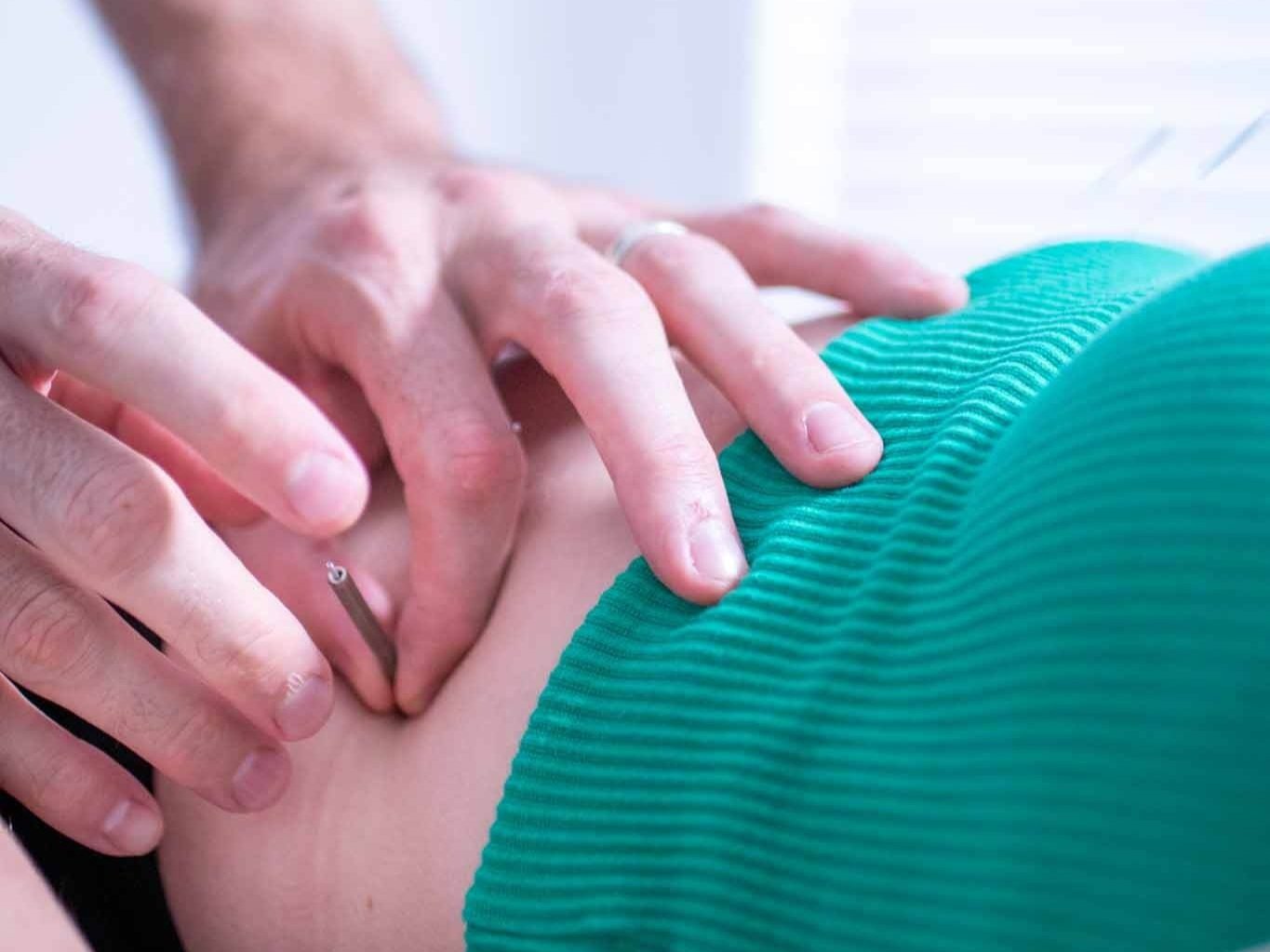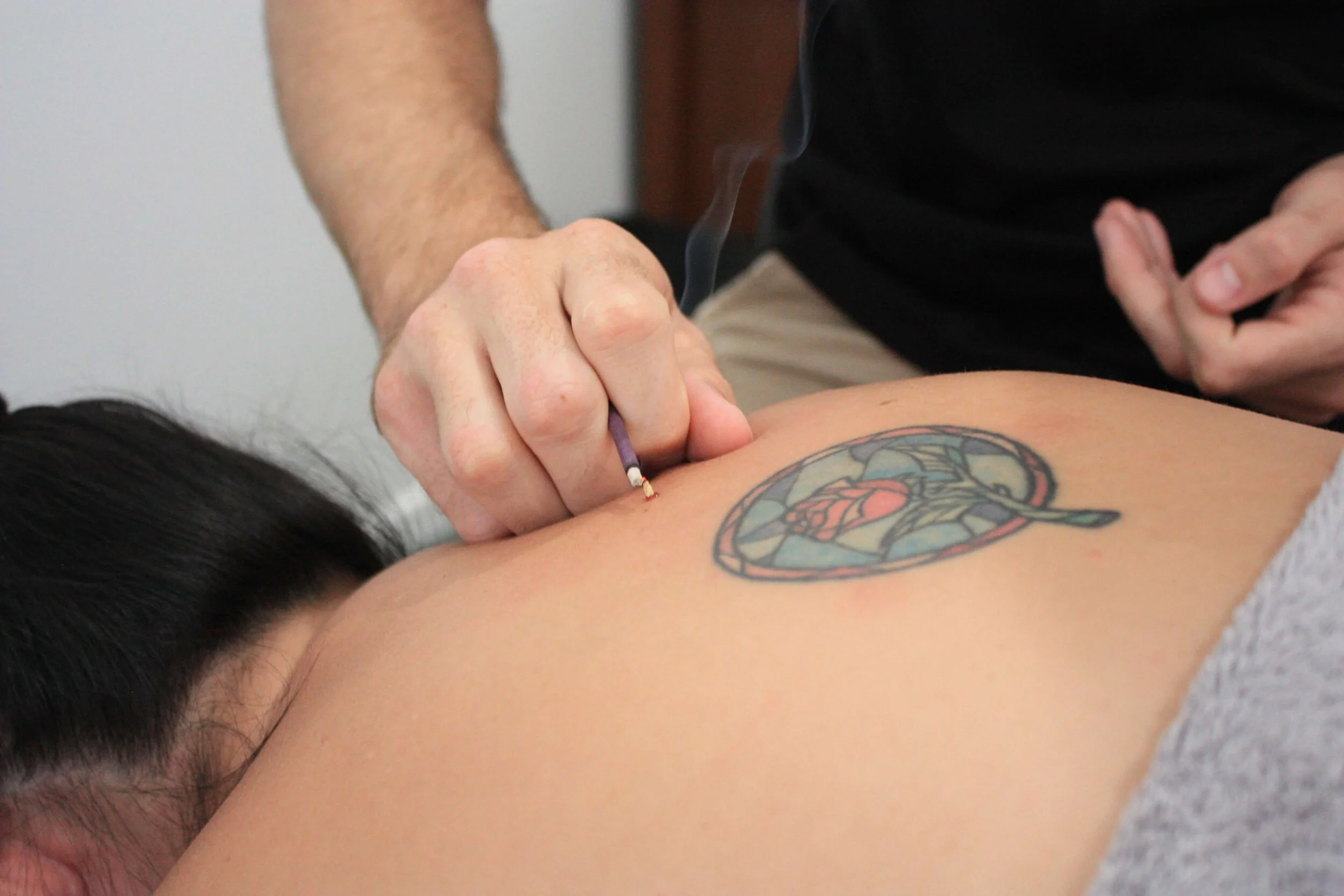Japanese vs Chinese acupuncture—what’s the difference, and why does it matter? If you’ve ever wondered how these two traditional healing systems compare, you're not alone. While both styles aim to restore balance and support the body’s natural healing ability, the way they go about it can feel worlds apart.
In this article, we’ll break down the key differences between Japanese acupuncture and Chinese acupuncture, from the tools used to the treatment experience itself. Whether you’re curious about which style might suit you best or just want to understand how they developed, this guide will help clarify what sets them apart.
If you'd like to dive deeper into how Japanese acupuncture works and what makes it unique, you might also enjoy our article on What is Japanese acupuncture? or learn more about how we practise Japanese acupuncture on the Gold Coast.
1. Acupuncture Needles
One of the easiest ways to tell Japanese and Chinese acupuncture apart is by looking at the needles.
In Japanese acupuncture, the needles are ultra-thin and have solid metal handles. These are designed for precision and gentle insertion, often used with a small tool called a guide tube. The guide tube helps the practitioner insert the needle quickly and accurately, with little to no discomfort.
Chinese acupuncture usually uses slightly thicker needles with longer, flexible wire handles. These are often inserted freehand, without a guide tube. The longer handle gives the practitioner a good grip for traditional techniques like twirling or lifting and thrusting. Some even have a tiny loop at the end to help track how the needle is moving.
These needle designs set the tone for how each style of acupuncture is performed—and how it feels to the patient.
2. Needle Depth
Both Chinese and Japanese acupuncture can involve shallow or deep needling, depending on the case. But there’s a general trend: Japanese acupuncture usually stays closer to the surface, while Chinese acupuncture tends to go deeper.
This partly comes down to the needle design. Japanese needles are thinner and used with a guide tube, making shallow insertion easier and more comfortable. Chinese needles are thicker and better suited to deep, freehand insertion and stronger stimulation.
As a result, Japanese acupuncture often feels light and subtle. Chinese acupuncture tends to feel more direct and physically noticeable. Both approaches work—they just have different ways of getting there.
3. Tool Innovation and Technique
One of the biggest game-changers in Japanese acupuncture was the invention of the guide tube. It’s a simple tool, but it made it easier to insert thin needles with precision and minimal discomfort. This was especially helpful for blind practitioners, who played a major role in shaping the Japanese approach.
The guide tube encouraged a style that values control, comfort, and gentle stimulation. Many Japanese practitioners developed a two-handed technique, using their supporting hand to guide the process smoothly.
Chinese acupuncture, by contrast, often uses one-handed techniques that involve more needle movement—like twirling or lifting and thrusting—to create a noticeable response. The flexible handles on Chinese needles support these methods by giving the practitioner more control during manipulation.
These differences reflect deeper philosophies: Japanese acupuncture is all about refined sensitivity, while Chinese acupuncture aims for stronger engagement with the body’s response.
4. Treatment Style and Patient Experience
How does all this feel for the patient?
Japanese acupuncture is often described as gentle, calming, and minimalist. Treatments are quiet and intentional. Practitioners spend time feeling the body for subtle imbalances and carefully choosing points. Many patients say the experience is so relaxing they fall asleep during the session.
Chinese acupuncture can feel more active and direct. The needles often produce stronger sensations—like tingling, heaviness, or a dull ache—which are signs that the body is responding. Practitioners may also ask for feedback during the session to fine-tune the response.
Both styles aim to support healing, but the feel is different: Japanese acupuncture invites calm and subtle change, while Chinese acupuncture activates the body more forcefully.
5. Use of Moxa
Moxa—a technique that involves burning the herb mugwort near or on the skin—is used in both traditions. But in Japan, moxa is a central part of the practice.
In particular, Japanese practitioners have refined direct moxa, where tiny cones of mugwort are placed directly on the skin to create a small blister for therapeutic effect. These blisters are carefully controlled and small. In traditional Chinese practice, moxa blisters have tended to be larger and more intense.
In Japan, moxa isn’t just used in clinics—it has a long history of being part of home remedies. It became culturally ingrained and remains an important feature of styles like Meridian Therapy.
6. Use of Palpation
Japanese acupuncture often relies on palpation, or feeling the body with the hands, to guide diagnosis and treatment. This likely developed thanks to the influence of blind practitioners, who had to rely on touch rather than sight. It’s also supported by cultural norms—physical contact in medical settings has traditionally been more accepted in Japan, even between men and women.
Chinese acupuncture uses less palpation, likely influenced by Confucian values that placed more emphasis on modesty and boundaries. As a result, Chinese practitioners have tended to rely more on visual and non-contact methods.
7. Diagnostic Methods
Both systems share some core tools, but the way they use them can differ.
Chinese acupuncture relies heavily on tongue observation and pulse diagnosis at the wrist. These methods give insight into what’s happening inside the body without needing much touch.
Japanese acupuncture also uses pulse diagnosis but expands on it with abdominal palpation (hara diagnosis) and meridian palpation. These hands-on methods are especially important in styles like Meridian Therapy. While abdominal diagnosis existed in ancient China, it became less common there over time. In Japan, it developed into a central part of diagnosis.
8. Origins and Historical Roots
Chinese acupuncture is the original form of the medicine, with over 2,000 years of history. It grew alongside Chinese philosophy, cosmology, and classical texts like the Huangdi Neijing. From there, it spread to nearby countries—including Japan.
Japanese acupuncture started out as an offshoot of Chinese medicine, but over time it developed its own identity. During periods of cultural isolation, like the Edo period, Japanese practitioners refined their own tools, techniques, and styles. The result is a system that shares its roots with China but feels distinctly Japanese.
9. Philosophical Foundation
Both systems are built on similar ideas—Qi, meridians, yin and yang, heat and cold, excess and deficiency. But they use these ideas a bit differently.
In Chinese acupuncture, the primary focus is often on identifying and eliminating a “pathogen” believed to be disrupting the body’s balance. Once the pathogen is resolved, it’s expected that the organ and meridian systems will naturally return to harmony.
Japanese acupuncture, especially in styles like Meridian Therapy, tends to place more importance on supporting and regulating the body's function. The goal is to strengthen what’s weak and restore balance so that symptoms—and even pathogens—can resolve on their own.
To some, this difference may seem like a matter of semantics. But in practice, it leads to distinct treatment approaches: one oriented toward attacking what’s wrong, the other focused on supporting what’s right.
10. Clinical Focus
These philosophies lead to different treatment priorities.
Chinese acupuncture often focuses on the “branch”—the symptoms the patient is feeling right now. This leads to treatment plans that focus on symptom relief, often using multiple techniques and combinations of points.
Japanese acupuncture tends to focus on the “root”—the underlying imbalance or weakness that allowed those symptoms to appear in the first place. The idea is that if you correct the root problem, the symptoms will naturally fade.
Of course, in real clinical practice, there’s flexibility. Skilled practitioners in both systems know when to treat the root, the branch, or both. The main goal is always the same: help the patient feel better.
11. Global Influence
Today, Chinese acupuncture—especially in the form of Traditional Chinese Medicine (TCM)—is the most widely taught and practiced system in the world. Its standardized structure makes it easy to teach and export internationally.
Japanese acupuncture has a smaller footprint but a growing reputation, especially among patients and practitioners who appreciate its gentle touch and detailed diagnostic methods. It’s becoming more common in places like Australia, the U.S., and parts of Europe, often thanks to the work of Meridian Therapy teachers like Masakazu Ikeda.
While Chinese acupuncture remains the global standard, Japanese acupuncture offers a unique and thoughtful alternative for those looking for a more sensitive and personalised approach to care.
Conclusion
When it comes to Japanese vs Chinese acupuncture, the differences aren’t just about needles or technique—they reflect two unique traditions with their own history, tools, and ways of understanding the body.
Chinese acupuncture is strong, structured, and often more sensation-driven. It tends to focus on identifying and clearing what’s wrong to restore balance.
Japanese acupuncture, on the other hand, is known for its precision, comfort, and a thoughtful approach that often begins by supporting what’s weak before addressing symptoms directly.
Both systems aim to relieve symptoms and support healing—but they do it in different ways. Whether you're drawn to the refined touch of Japanese acupuncture or the dynamic methods of Chinese acupuncture, understanding the difference can help you find the right style for your needs.
Author
Adam Hjort is a Registered Acupuncturist and member of Australian Acupuncture & Chinese Medicine Association (AACMA). He has been practicing since 2010 and maintains a clinic dedicated to the treatment of pain, inflammation, stress, and other health conditions, located in Ashmore, Gold Coast.






